SEAT Leon vs MG HS – Which car suits you better?
Two cars, one duel: SEAT Leon meets MG HS.
Which one wins in performance, efficiency and value for money? Find out now!
Who comes out on top?
Overall, the MG HS shows itself to be barely ahead and secures the title of DriveDuel Champion.
It convinces with the more balanced overall package and proves to be the more versatile choice for everyday use.
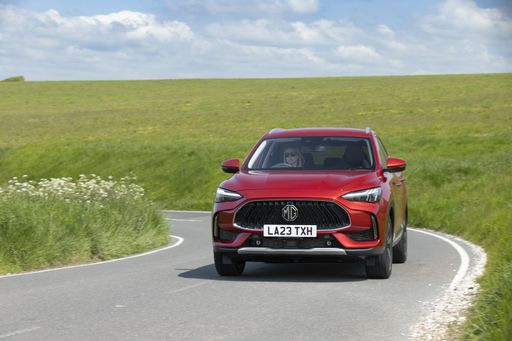 @ MG Motor / SAIC Motor Corporation
@ MG Motor / SAIC Motor Corporation
MG HS
SEAT Leon
SEAT Leon pairs sharp, modern styling with a cabin that's sensible and slightly sporty, making it an appealing choice for buyers who want flair without fuss. It drives with eager composure and offers a neat balance of comfort and agility, so you get everyday usability with a wink of fun.
details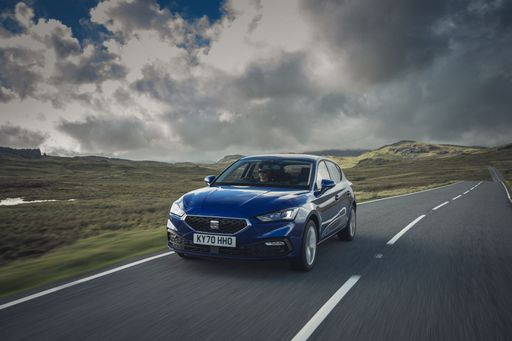 @ SEAT S.A. / SEAT Media Center
@ SEAT S.A. / SEAT Media Center
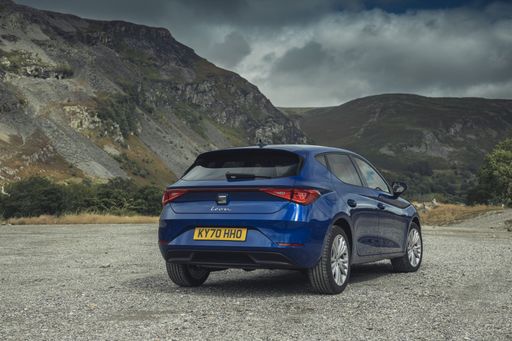 @ SEAT S.A. / SEAT Media Center
@ SEAT S.A. / SEAT Media Center
 @ SEAT S.A. / SEAT Media Center
@ SEAT S.A. / SEAT Media Center
 @ SEAT S.A. / SEAT Media Center
@ SEAT S.A. / SEAT Media Center
MG HS
The MG HS looks sharper than its price tag suggests, pairing bold styling with a roomy, well-finished cabin that feels more upscale than you’d expect. It’s a sensible, well-equipped compact SUV that gives mainstream rivals a run for their money and adds enough personality to make everyday driving enjoyable.
details @ MG Motor / SAIC Motor Corporation
@ MG Motor / SAIC Motor Corporation
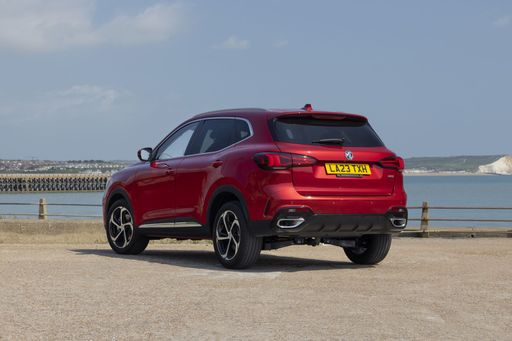 @ MG Motor / SAIC Motor Corporation
@ MG Motor / SAIC Motor Corporation
 @ MG Motor / SAIC Motor Corporation
@ MG Motor / SAIC Motor Corporation
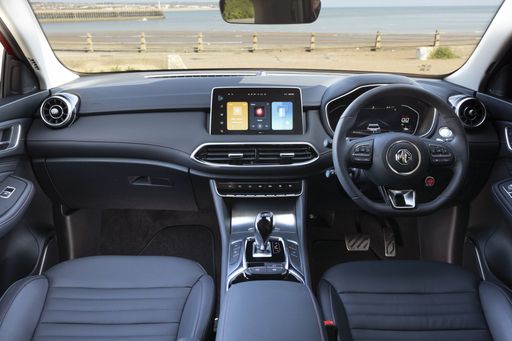 @ MG Motor / SAIC Motor Corporation
@ MG Motor / SAIC Motor Corporation
 @ SEAT S.A. / SEAT Media Center
@ SEAT S.A. / SEAT Media Center
|
 @ MG Motor / SAIC Motor Corporation
@ MG Motor / SAIC Motor Corporation
|
|
|
|
Costs and Consumption |
|
|---|---|
|
Price
24500 - 36400 £
|
Price
-
|
|
Consumption L/100km
1.2 - 5.5 L
|
Consumption L/100km
-
|
|
Consumption kWh/100km
-
|
Consumption kWh/100km
-
|
|
Electric Range
133 km
|
Electric Range
-
|
|
Battery Capacity
19.70 kWh
|
Battery Capacity
-
|
|
co2
27 - 126 g/km
|
co2
-
|
|
Fuel tank capacity
40 - 45 L
|
Fuel tank capacity
-
|
Dimensions and Body |
|
|---|---|
|
Body Type
Hatchback
|
Body Type
-
|
|
Seats
5
|
Seats
-
|
|
Doors
5
|
Doors
-
|
|
Curb weight
1344 - 1657 kg
|
Curb weight
-
|
|
Trunk capacity
270 - 380 L
|
Trunk capacity
-
|
|
Length
4368 mm
|
Length
-
|
|
Width
1799 mm
|
Width
-
|
|
Height
1442 - 1460 mm
|
Height
-
|
|
Max trunk capacity
1187 - 1301 L
|
Max trunk capacity
-
|
|
Payload
473 - 521 kg
|
Payload
-
|
Engine and Performance |
|
|---|---|
|
Engine Type
Petrol, Petrol MHEV, Diesel, Plugin Hybrid
|
Engine Type
-
|
|
Transmission
Manuel, Automatic
|
Transmission
-
|
|
Transmission Detail
Manual Gearbox, Dual-Clutch Automatic
|
Transmission Detail
-
|
|
Drive Type
Front-Wheel Drive
|
Drive Type
-
|
|
Power HP
116 - 272 HP
|
Power HP
-
|
|
Acceleration 0-100km/h
7.7 - 10.5 s
|
Acceleration 0-100km/h
-
|
|
Max Speed
197 - 220 km/h
|
Max Speed
-
|
|
Torque
220 - 360 Nm
|
Torque
-
|
|
Number of Cylinders
4
|
Number of Cylinders
-
|
|
Power kW
85 - 200 kW
|
Power kW
-
|
|
Engine capacity
1498 - 1968 cm3
|
Engine capacity
-
|
General |
|
|---|---|
|
Model Year
2024 - 2025
|
Model Year
-
|
|
CO2 Efficiency Class
D, B
|
CO2 Efficiency Class
-
|
|
Brand
SEAT
|
Brand
-
|
What drive types are available for the SEAT Leon?
The SEAT Leon is available as Front-Wheel Drive.
The prices and data displayed are estimates based on German list prices and may vary by country. This information is not legally binding.
